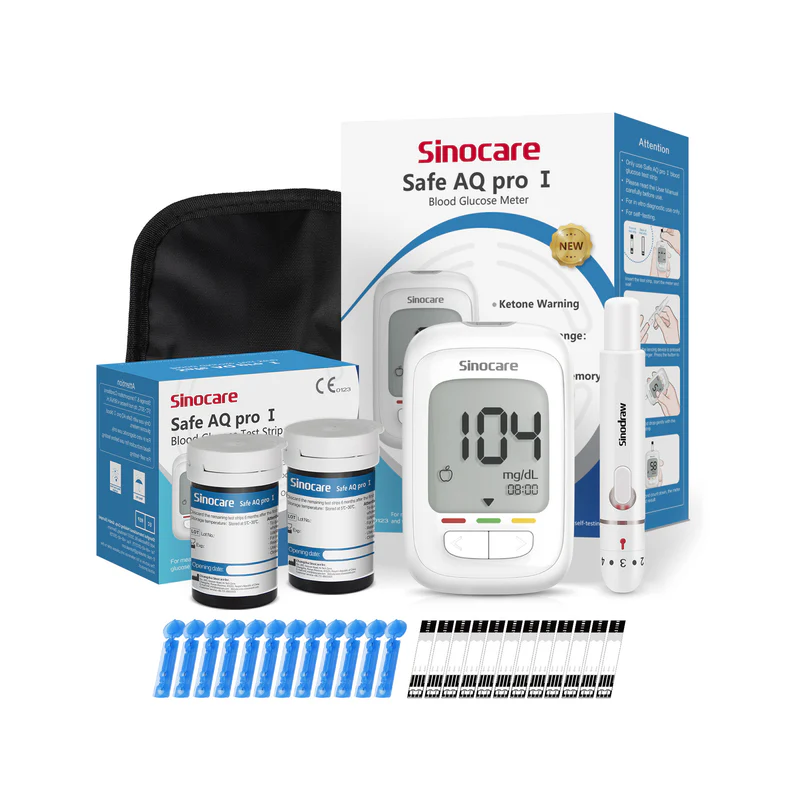In managing diabetes, accurate blood sugar monitoring is crucial. Many people rely on blood sugar monitor to keep track of their glucose levels, but incorrect readings can lead to confusion and mismanagement. Understanding how to troubleshoot these issues can help ensure that users maintain optimal health.
Understanding Common Causes of Incorrect Readings
One common reason for inaccurate readings from a blood sugar monitor is improper usage. Factors such as incorrect calibration, expired test strips, or contamination can significantly impact results. Users should always ensure that their blood glucose monitor is calibrated according to the manufacturer’s instructions and that they are using fresh, unexpired test strips. Environmental factors, such as extreme temperatures or humidity, can also affect the accuracy of readings. Regular maintenance and proper storage of the blood sugar monitor can minimize these issues.
Proper Testing Techniques
To achieve reliable results with a blood sugar monitor, users must adopt proper testing techniques. Washing hands thoroughly before testing is essential to remove any residues that may interfere with the reading. Additionally, it’s crucial to follow the manufacturer’s guidelines regarding blood sample size and placement on the test strip. Users should also consider factors like food intake, physical activity, and stress, as these can influence blood sugar levels. If readings persistently seem inaccurate, it may be beneficial to cross-check with another blood glucose monitor to confirm results.
Exploring Alternative Monitoring Options
For those concerned about the inconvenience or discomfort associated with traditional blood sugar monitors, the question arises: is there a glucose meter that doesn’t require blood? Advances in technology have led to the development of non-invasive glucose monitoring devices. These alternatives, which often utilize sensors placed on the skin, provide a way to monitor glucose levels without the need for finger pricks. While these devices are promising, users should remain informed about their reliability and consult healthcare professionals to determine the best monitoring method for their individual needs.
Ensuring Accurate Blood Sugar Monitoring
Accurate blood sugar monitoring is vital for effective diabetes management. By understanding the common causes of inaccurate readings, employing proper testing techniques, and exploring alternative monitoring options, users can improve their overall experience with blood glucose monitoring. For those considering a reliable blood glucose monitor, the Sinocare Safe AQ Pro I offers features such as color indicator tapes that help users quickly assess their blood glucose status, promoting better health management.


